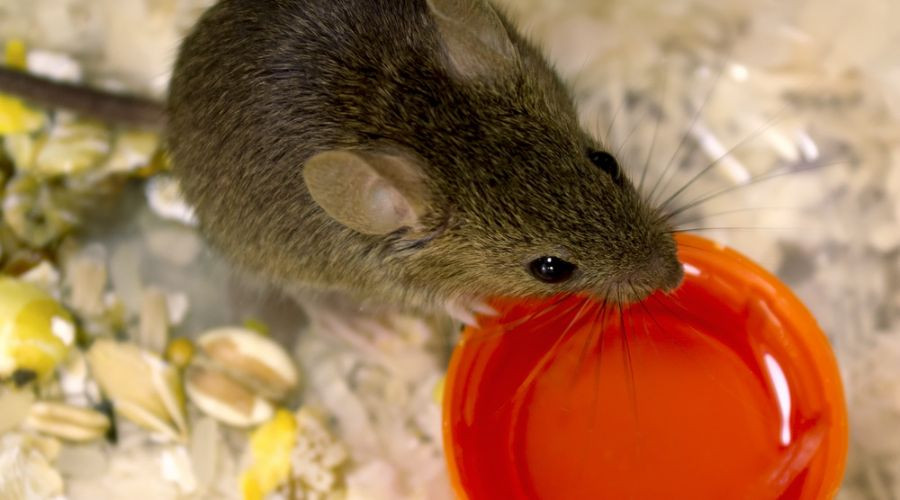Mice infestations can be a significant problem for homeowners, prompting many to seek effective elimination strategies. A crucial first step in any mouse control plan is understanding their basic needs, particularly regarding food and water. While removing water sources is important, the question of food deprivation often takes center stage: how long can a mouse realistically survive without food?
Like all living creatures, mice require water to maintain bodily functions. They need it for digestion, temperature regulation, and waste removal. Although mice are surprisingly resilient and can endure for extended periods, even weeks, without direct water intake by obtaining moisture from their food sources, their need for sustenance is more immediate.
When it comes to food, mice have a much shorter survival window. Typically, a mouse can only live for approximately 2 to 4 days without food. This limited timeframe is due to their high metabolism. Mice are small, active animals with rapid metabolic rates, meaning they burn energy quickly and require frequent replenishment through food consumption. Their constant nibbling behavior isn’t just a quirk; it’s a biological imperative to keep their energy levels up and their digestive systems running. Furthermore, gnawing, often associated with mice, is also essential for managing their continuously growing incisor teeth.
It’s also worth considering the distinction between house mice and their wild counterparts. Wild mice, facing harsher environments and the constant threat of predators, expend more energy foraging and evading danger. Consequently, they generally require more calories than house mice, who benefit from the relative safety and readily available food sources within human dwellings. However, this difference doesn’t drastically alter their fundamental need for regular food intake. Regardless of whether they reside indoors or outdoors, the 2-4 day limit without food remains a critical factor in their survival.
While access to water might slightly extend a mouse’s ability to survive without food, it won’t fundamentally change this limitation. Resourceful as they are, mice sometimes hoard food within their nests, creating small caches to tide them over during periods of scarcity. However, these stores are finite and underscore their inherent need for consistent access to nourishment.
To effectively manage mouse infestations, limiting food sources is paramount. Given their tiny size, mice can survive on minuscule crumbs and scraps. Therefore, meticulous cleaning, especially in kitchens and eating areas, is crucial. Regular vacuuming and sweeping to eliminate fallen crumbs can significantly reduce available food. Food stored in cupboards is also vulnerable. Always store pantry items, including pet food, in airtight, robust containers made of hard plastic or metal, as mice can easily chew through cardboard and paper packaging. Avoid leaving pet food out for extended periods, as this provides an easily accessible food source for opportunistic mice.
For persistent or severe mouse problems, professional pest control services can offer effective solutions. Experts can implement targeted strategies to remove existing infestations and advise on preventative measures to minimize the risk of future mouse incursions by comprehensively addressing food and harborage sources.


